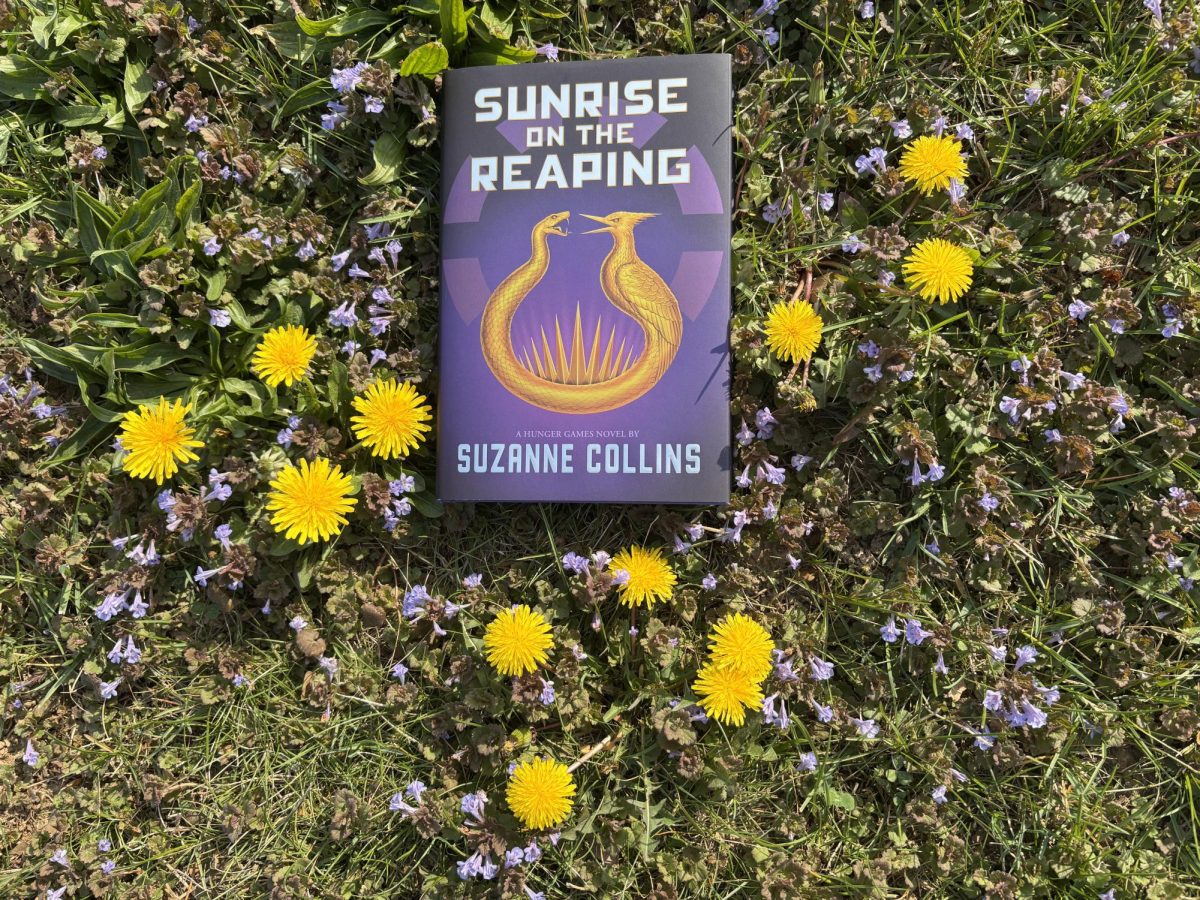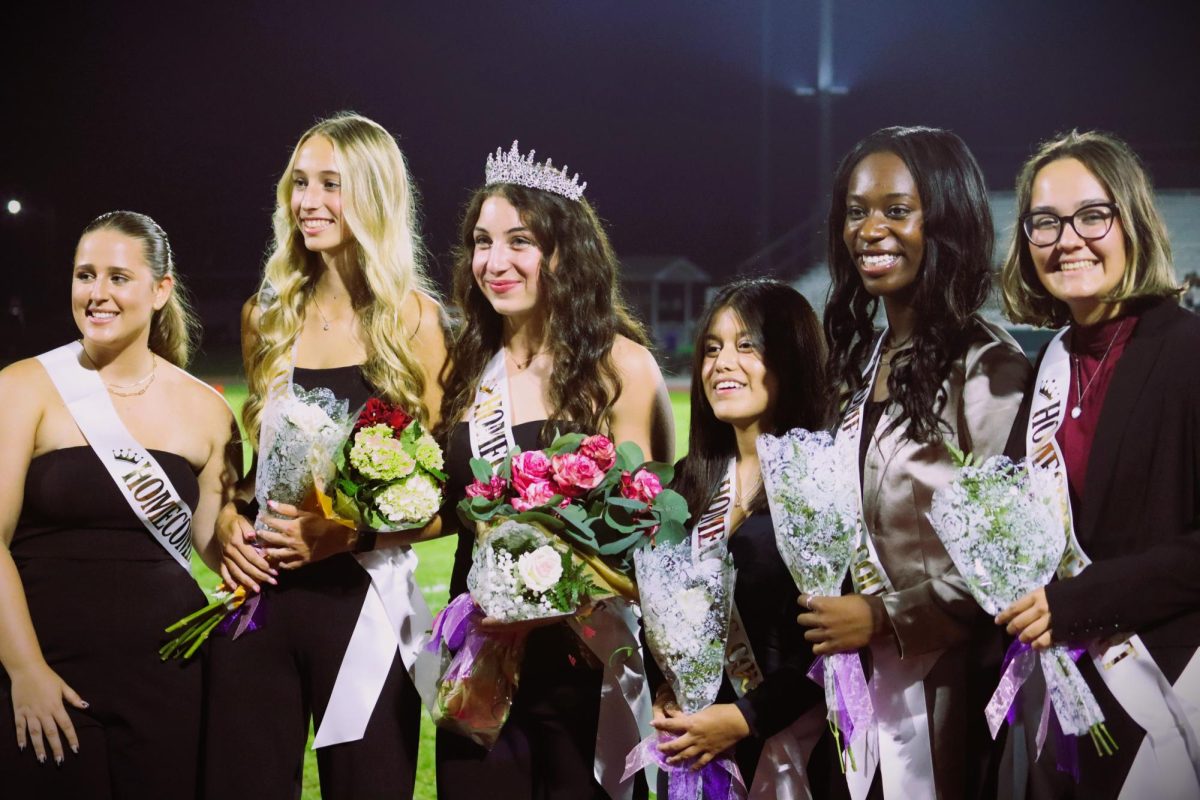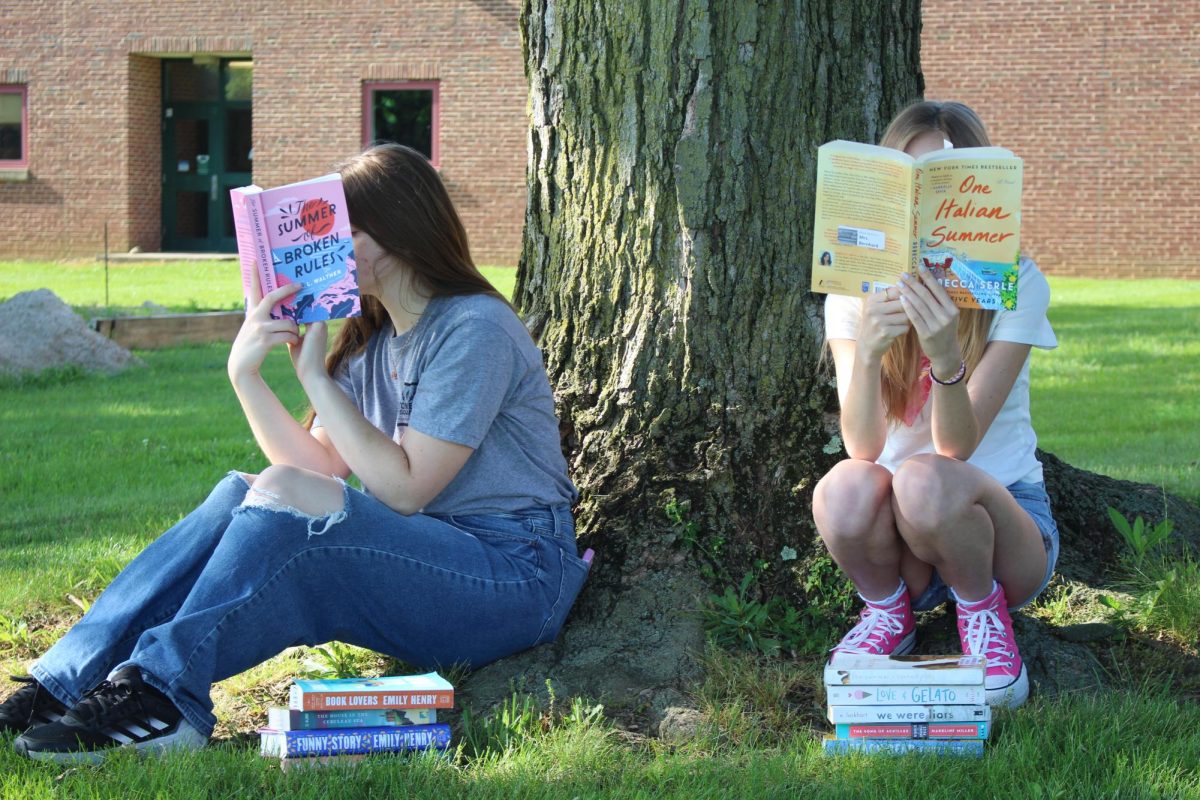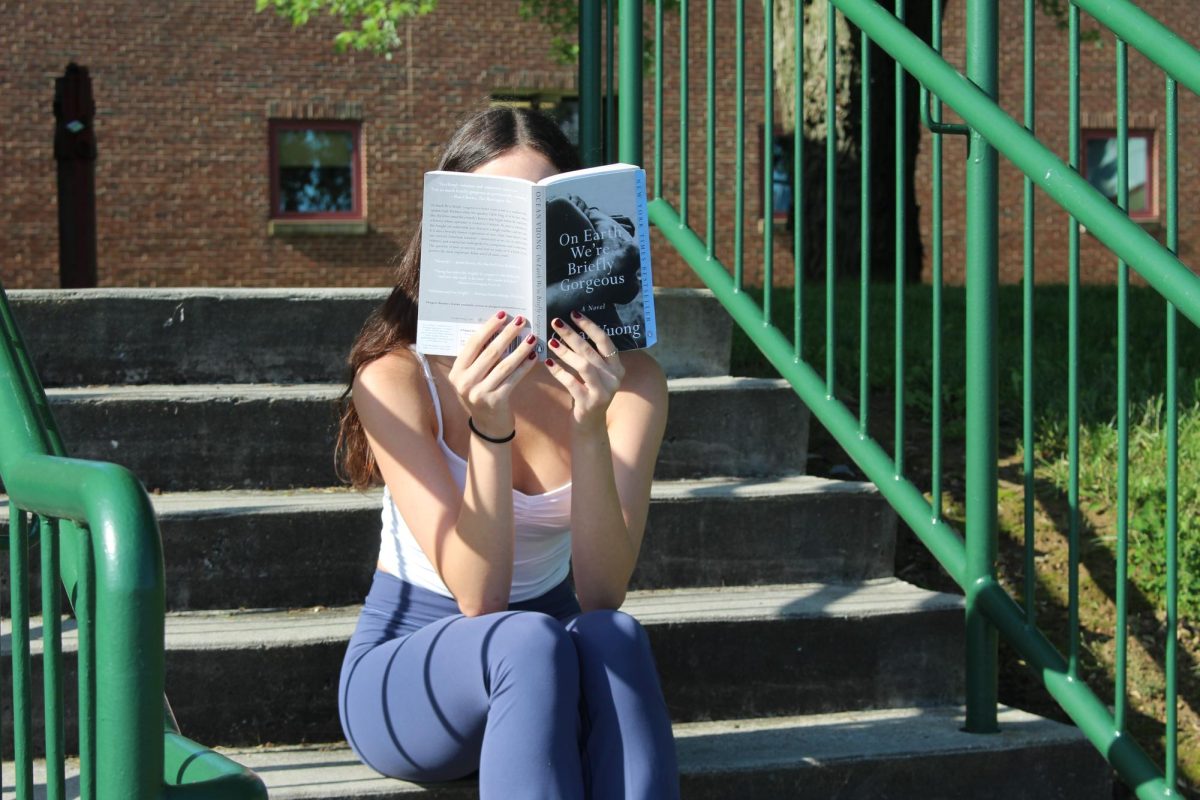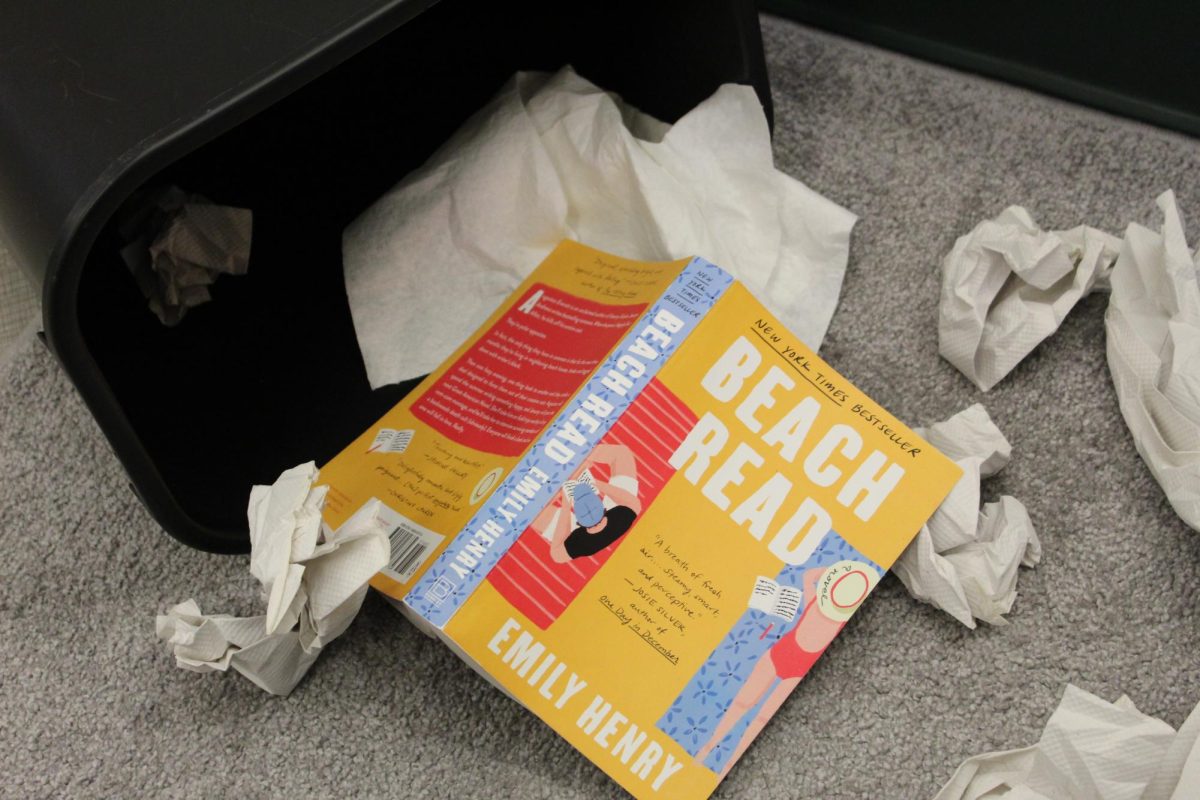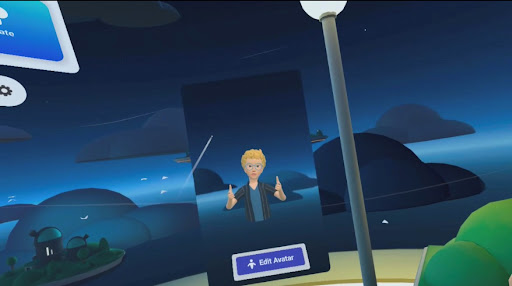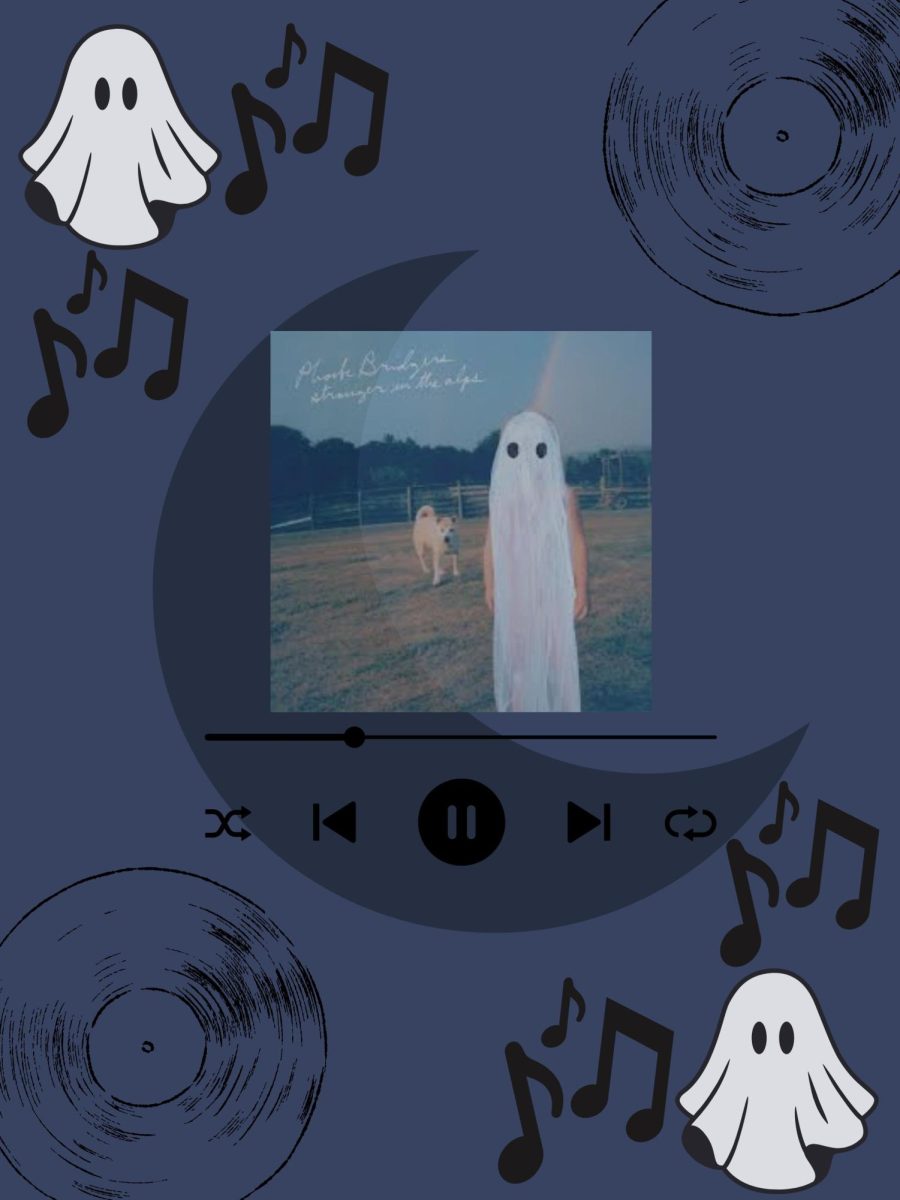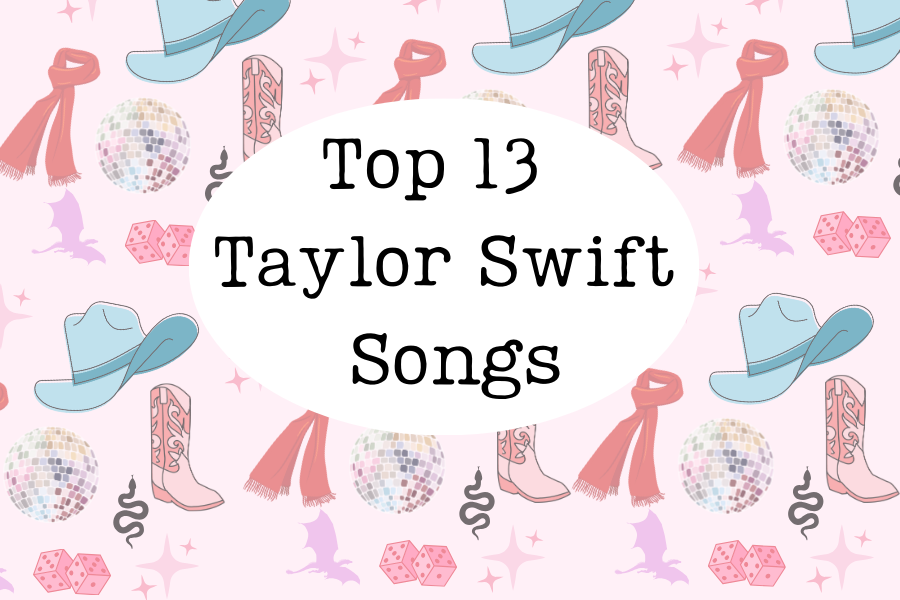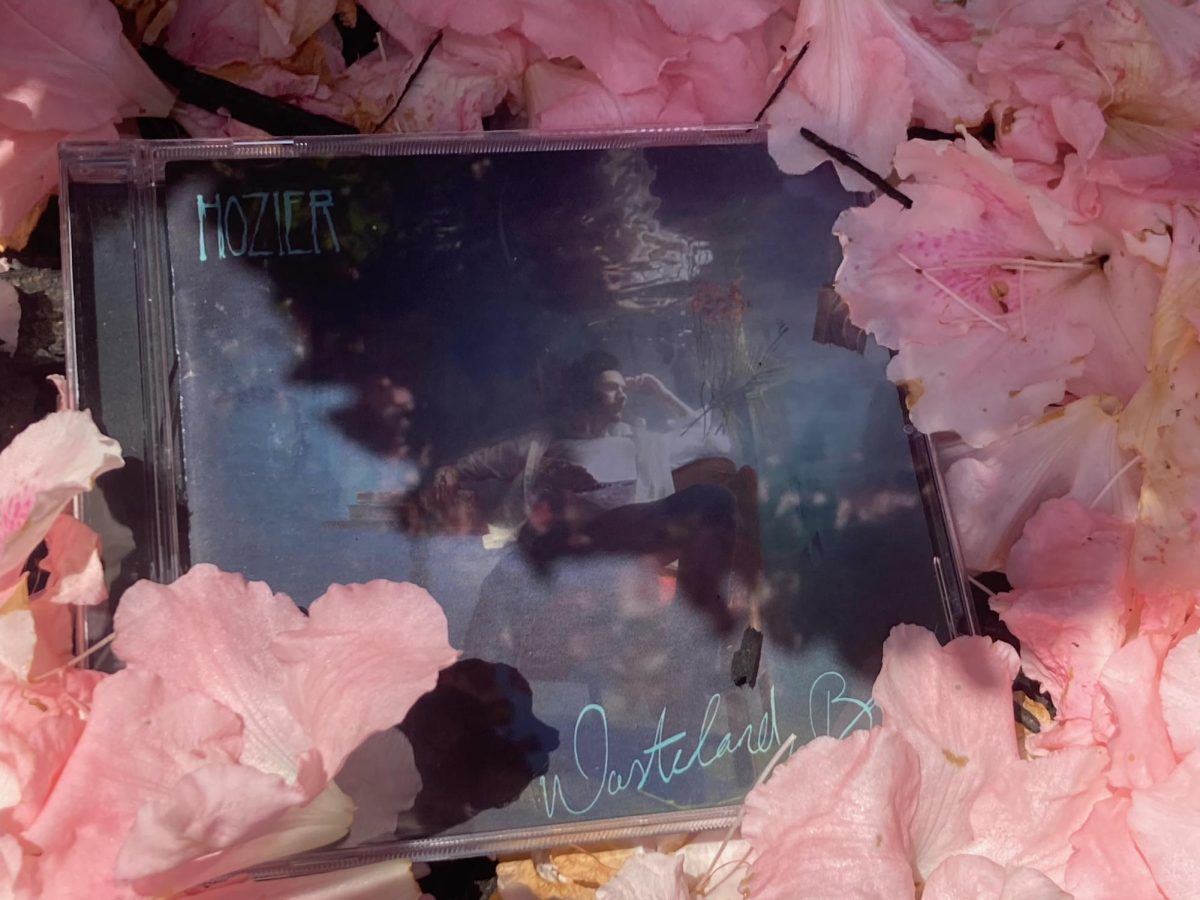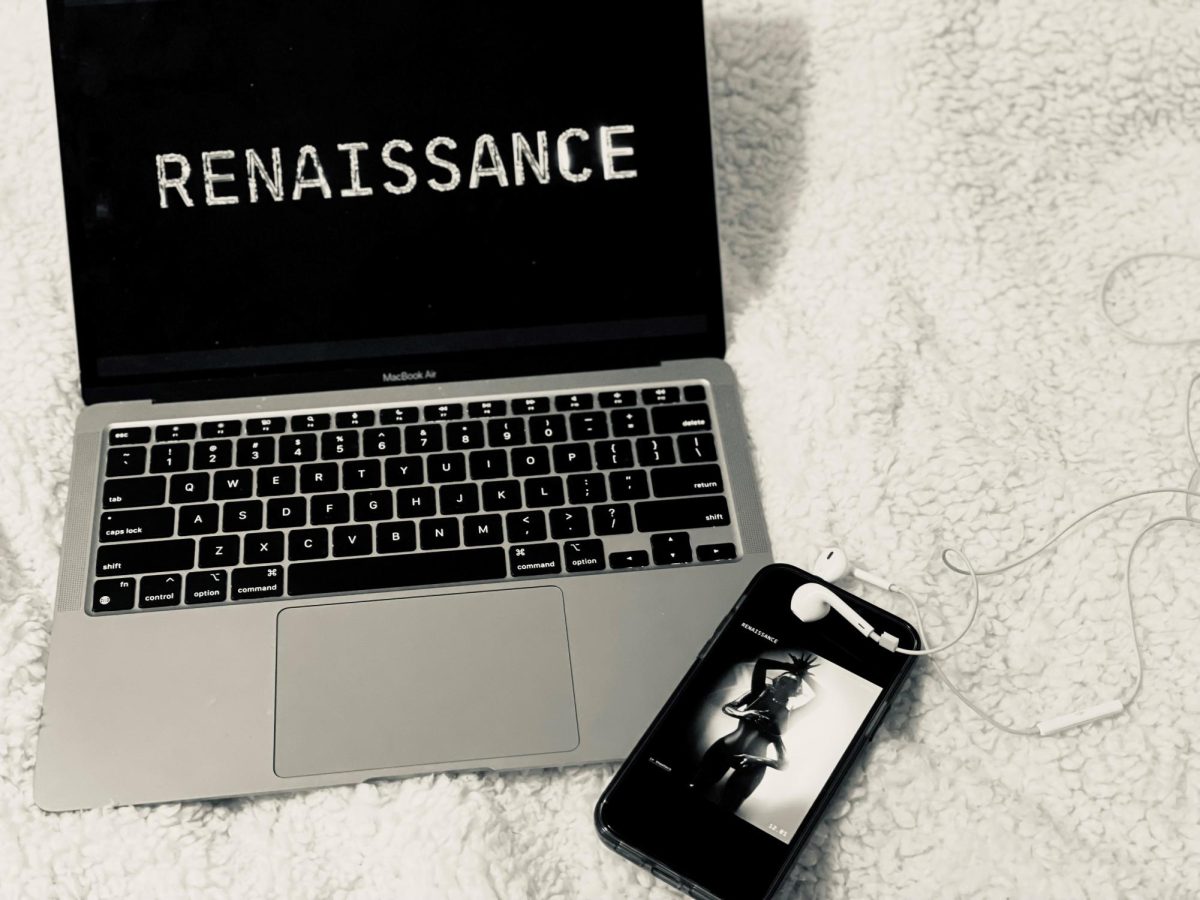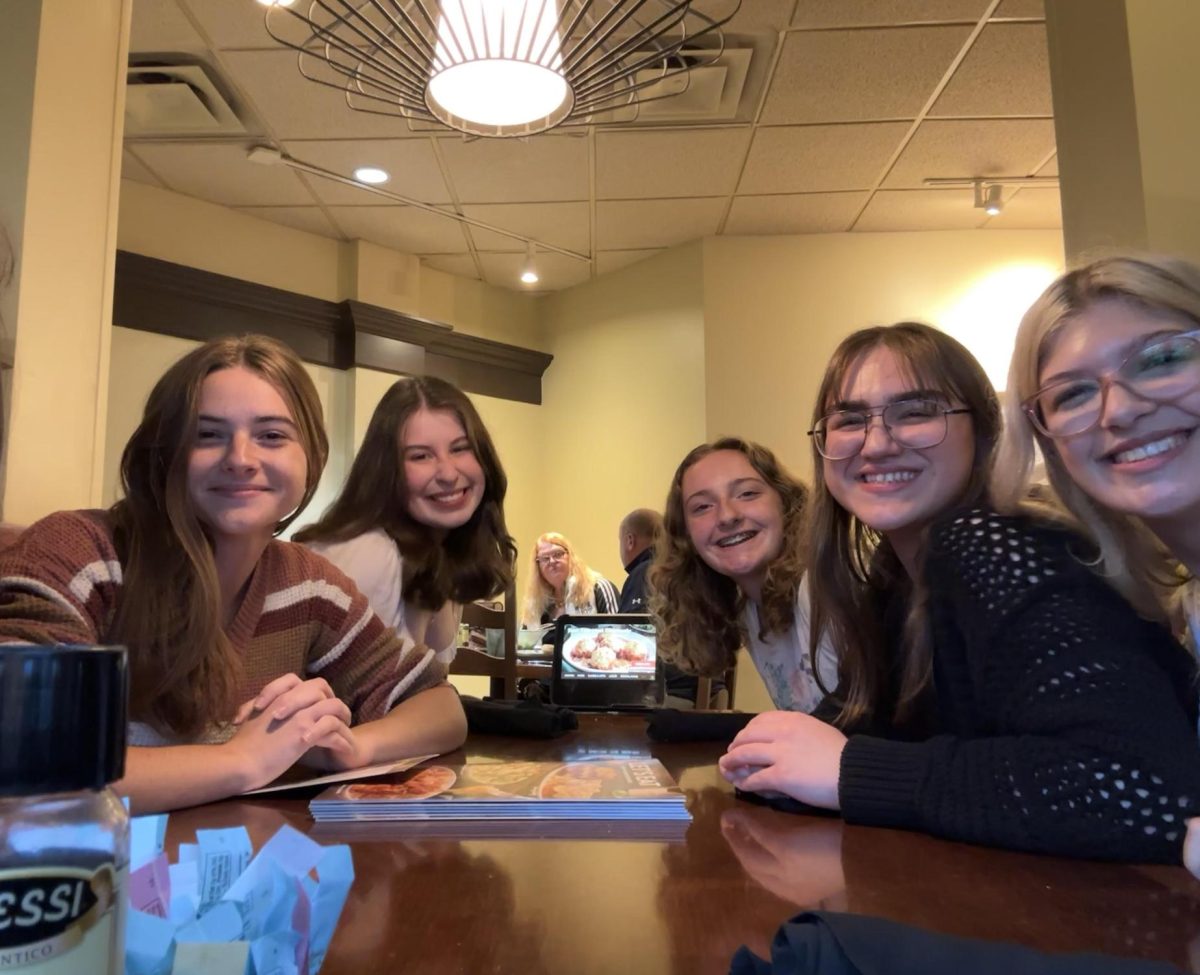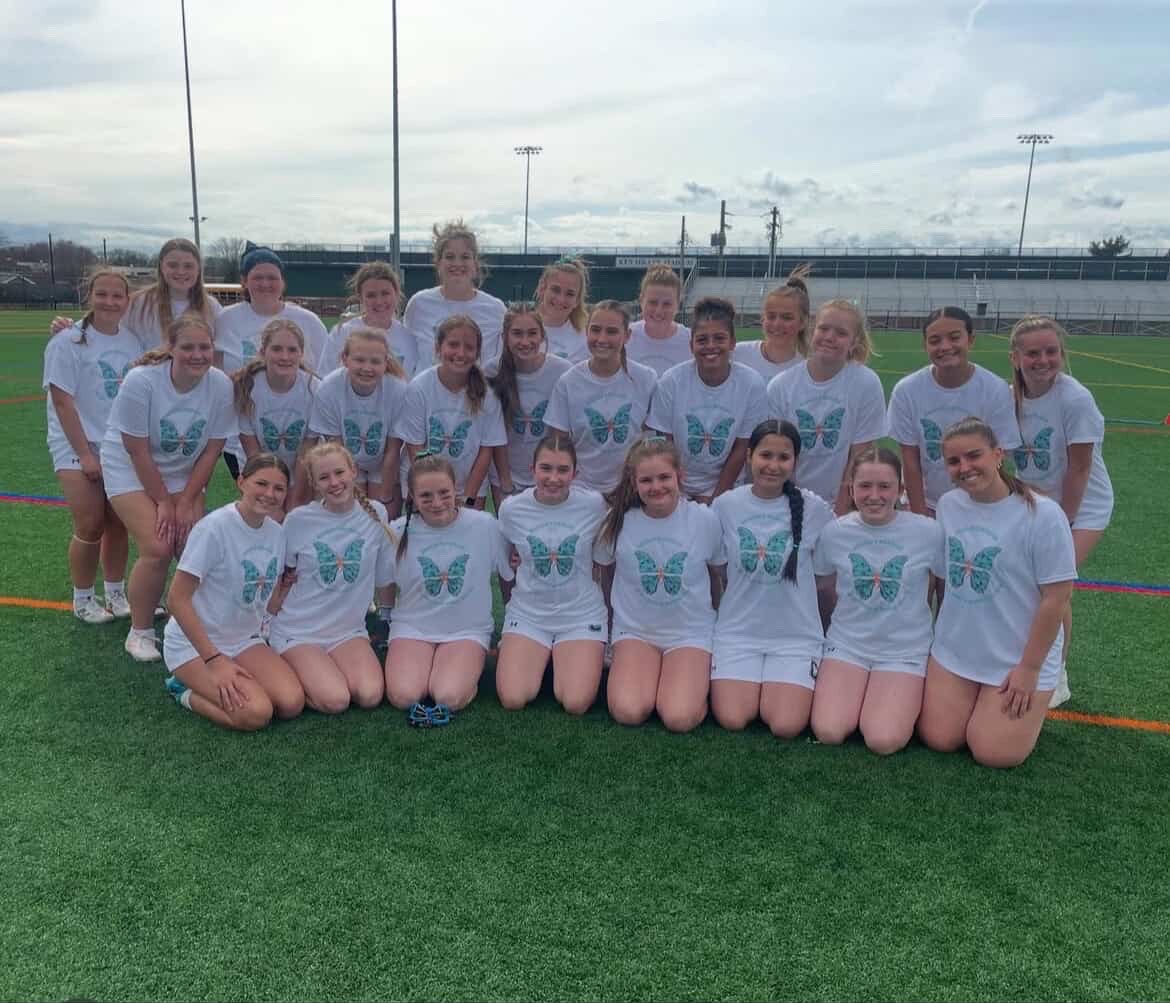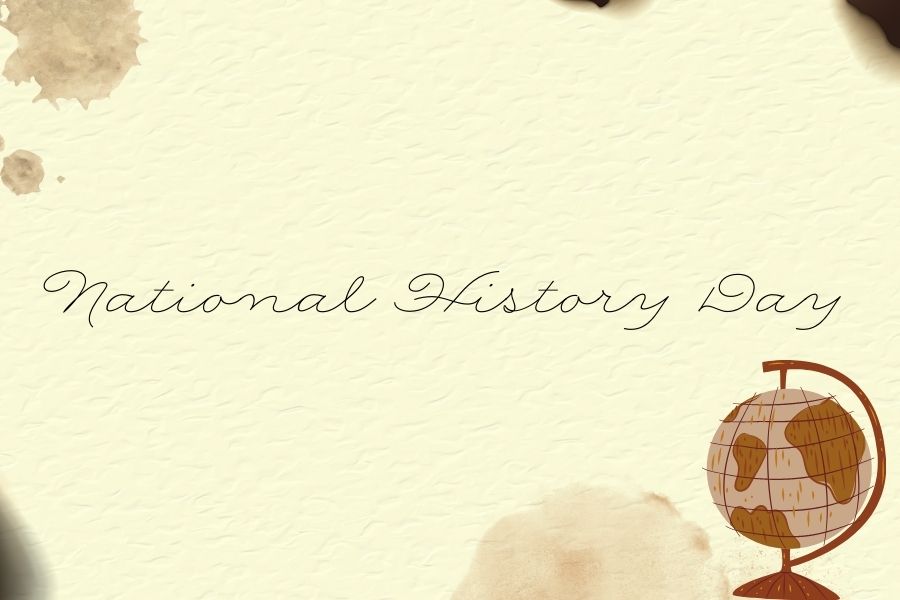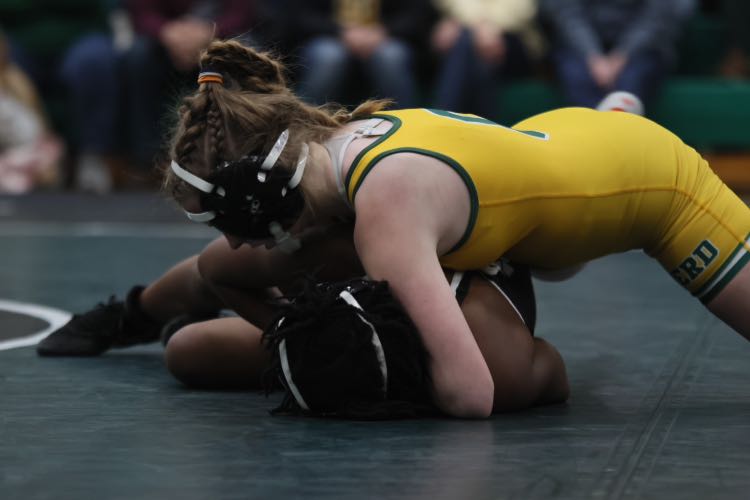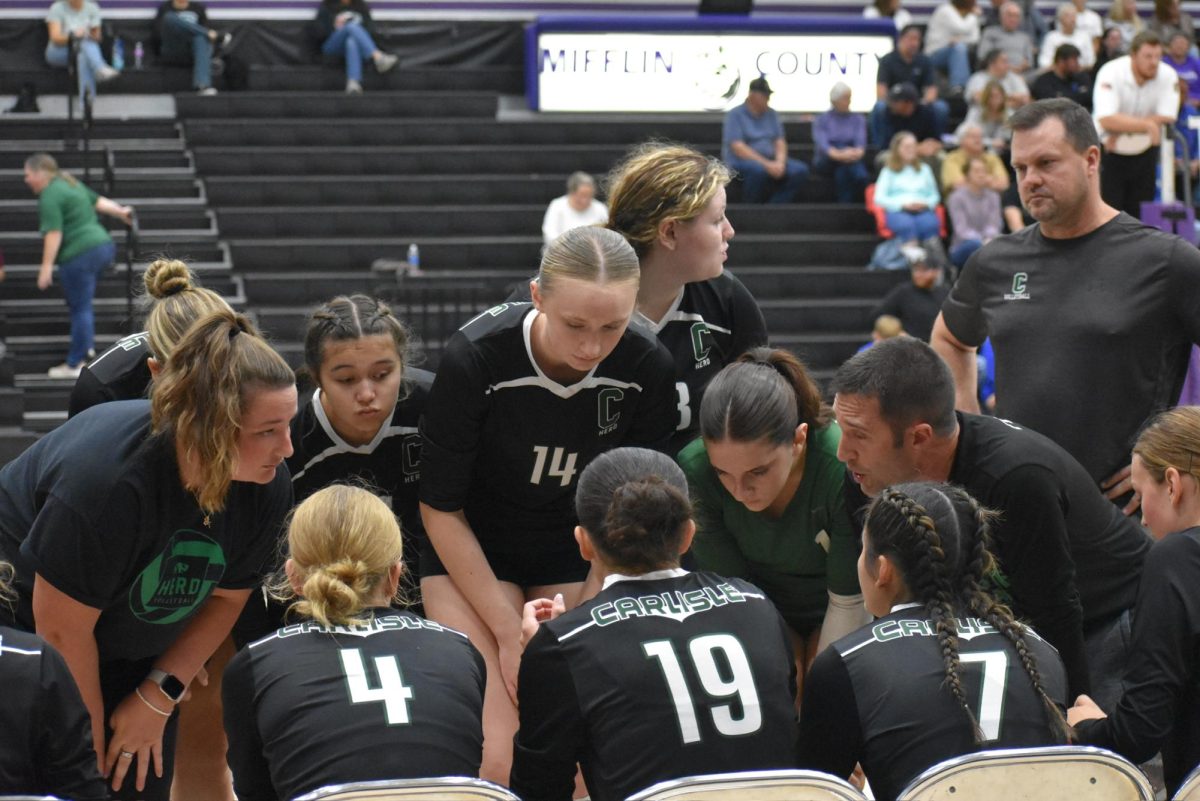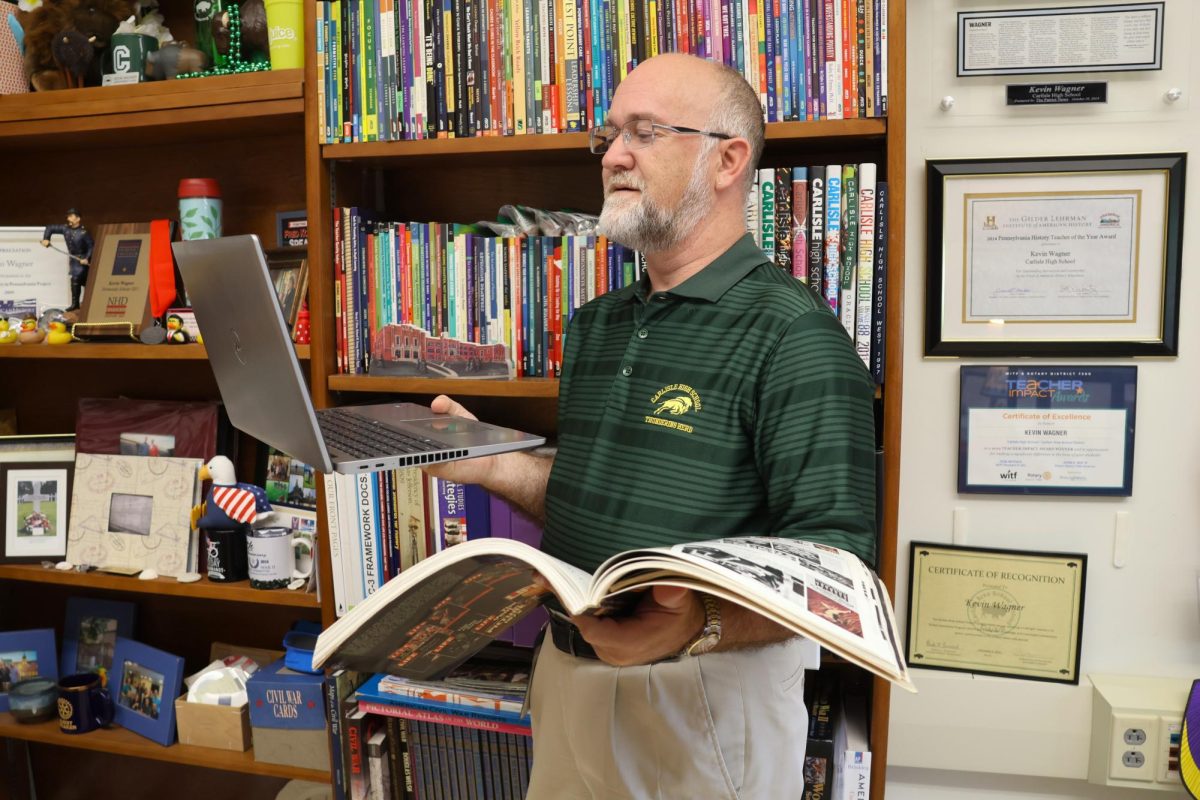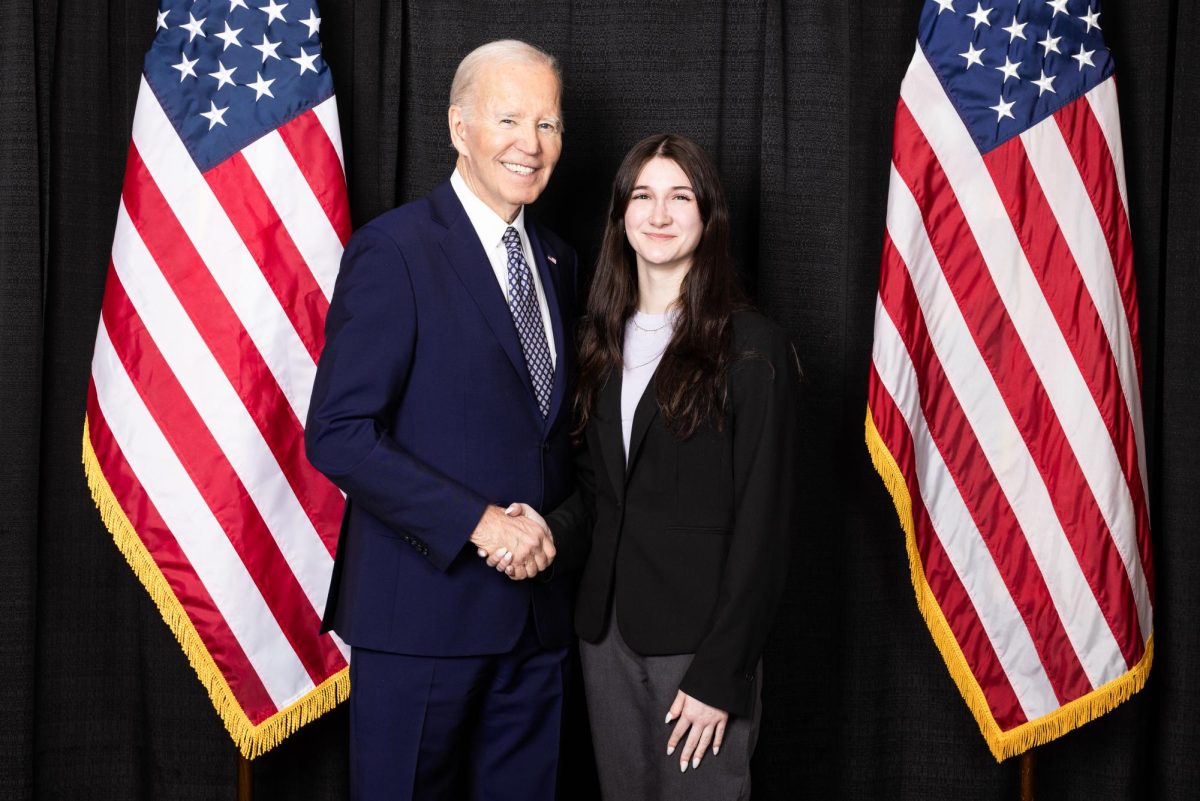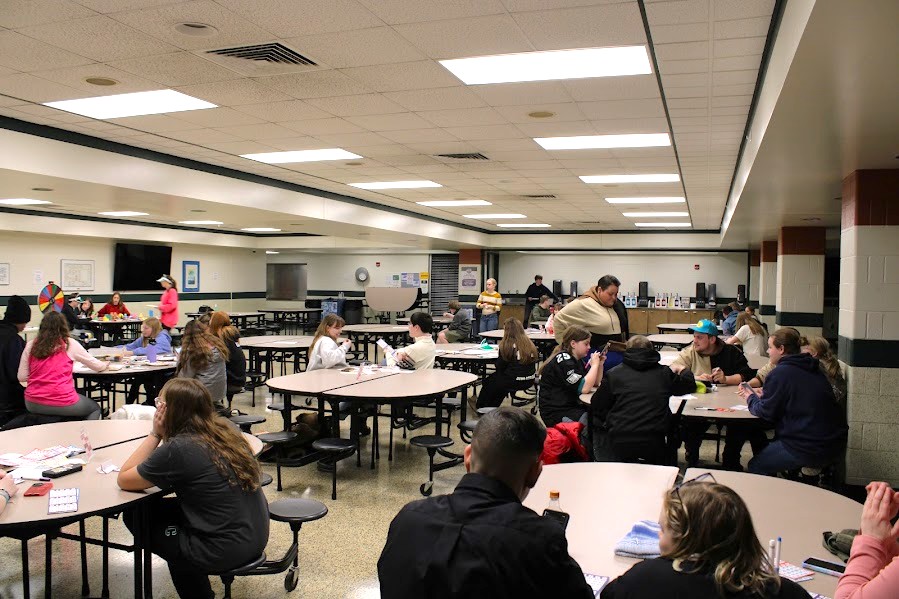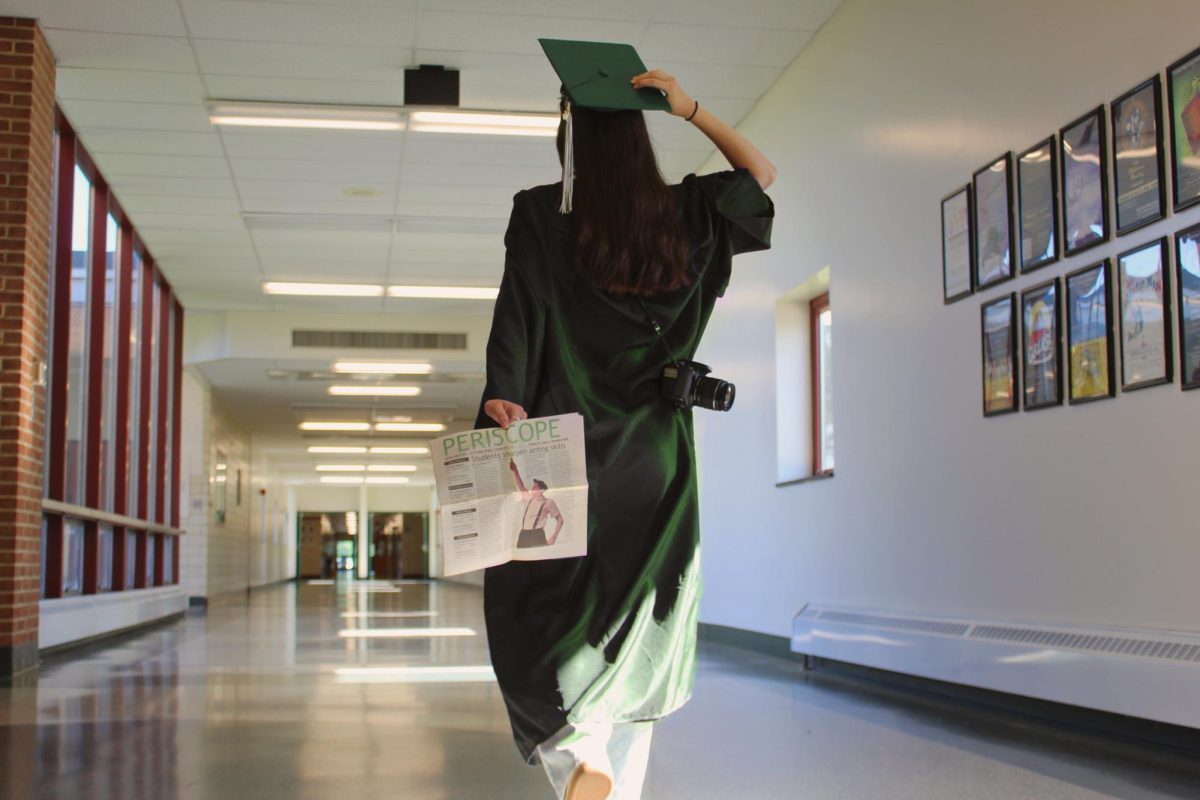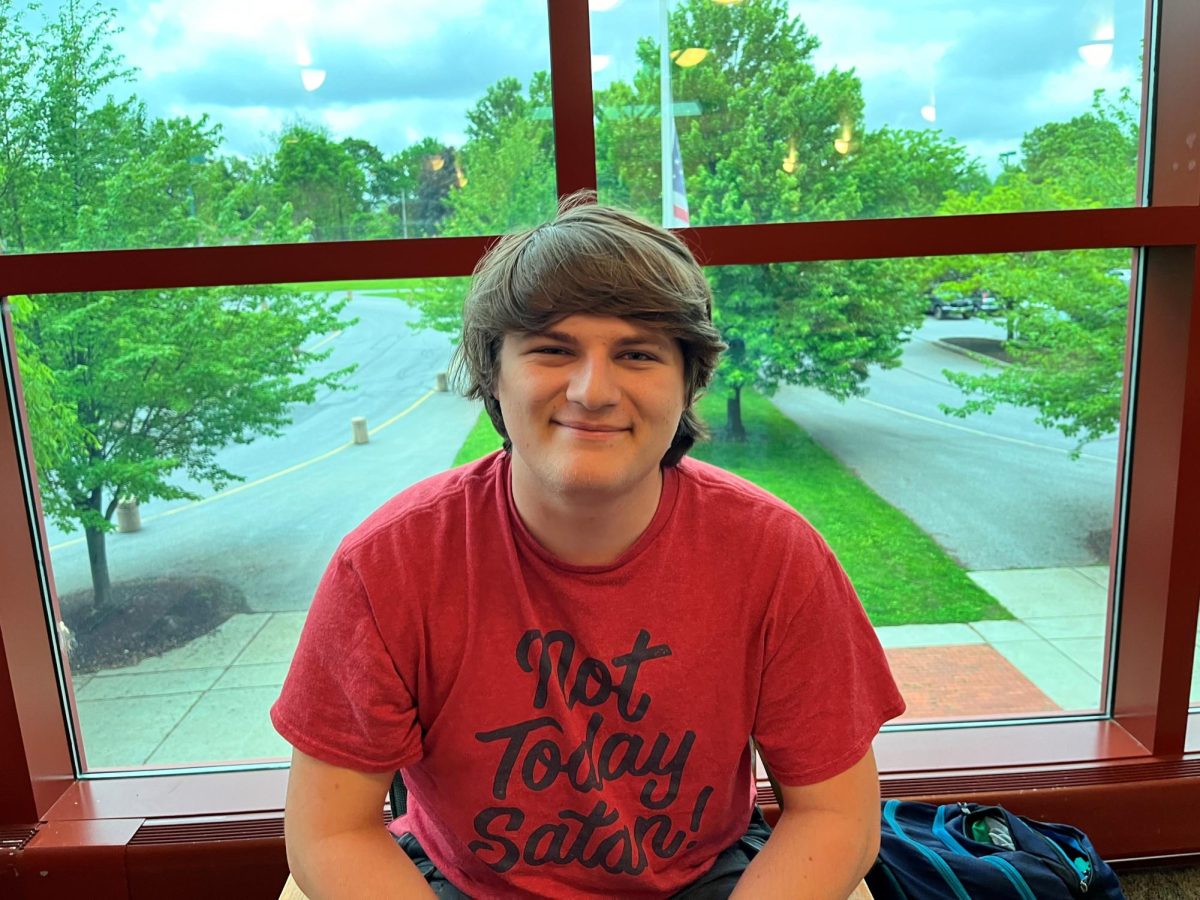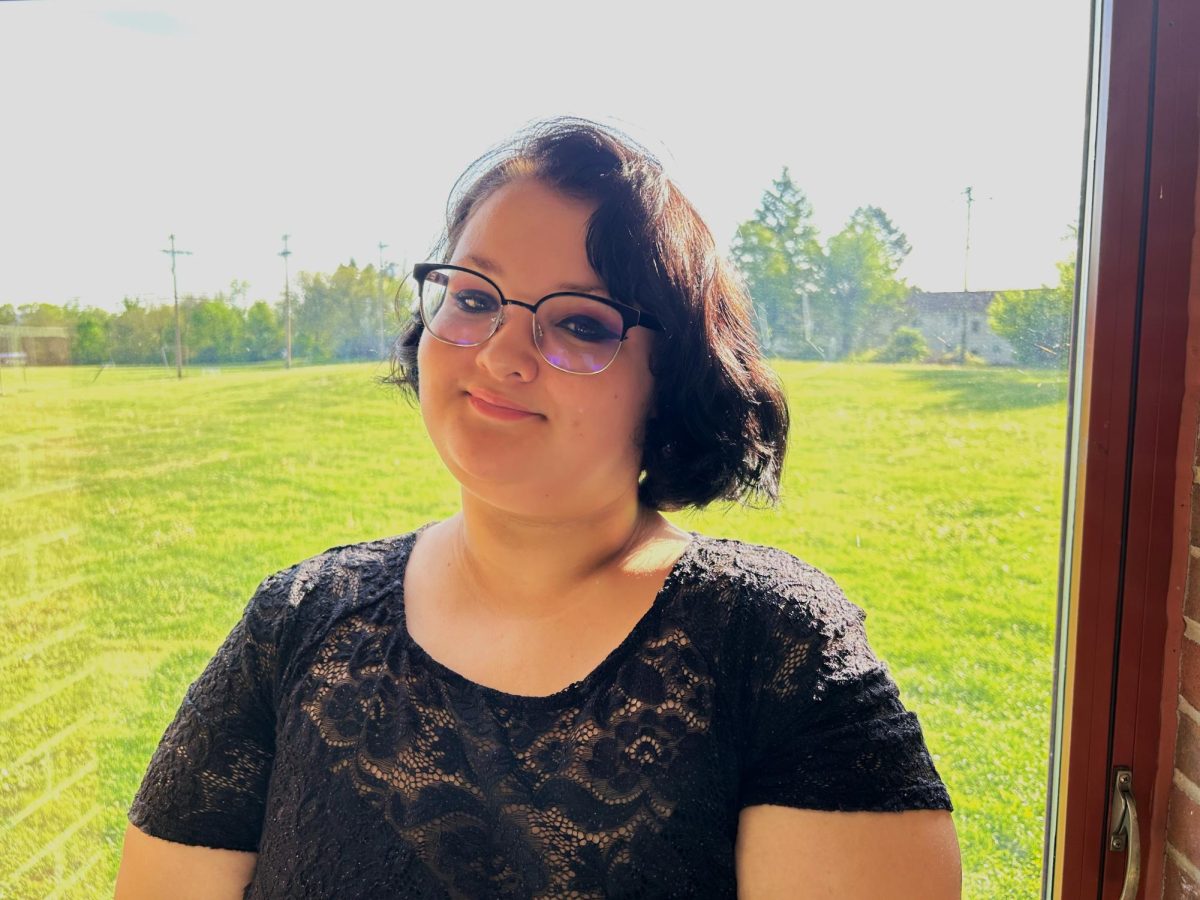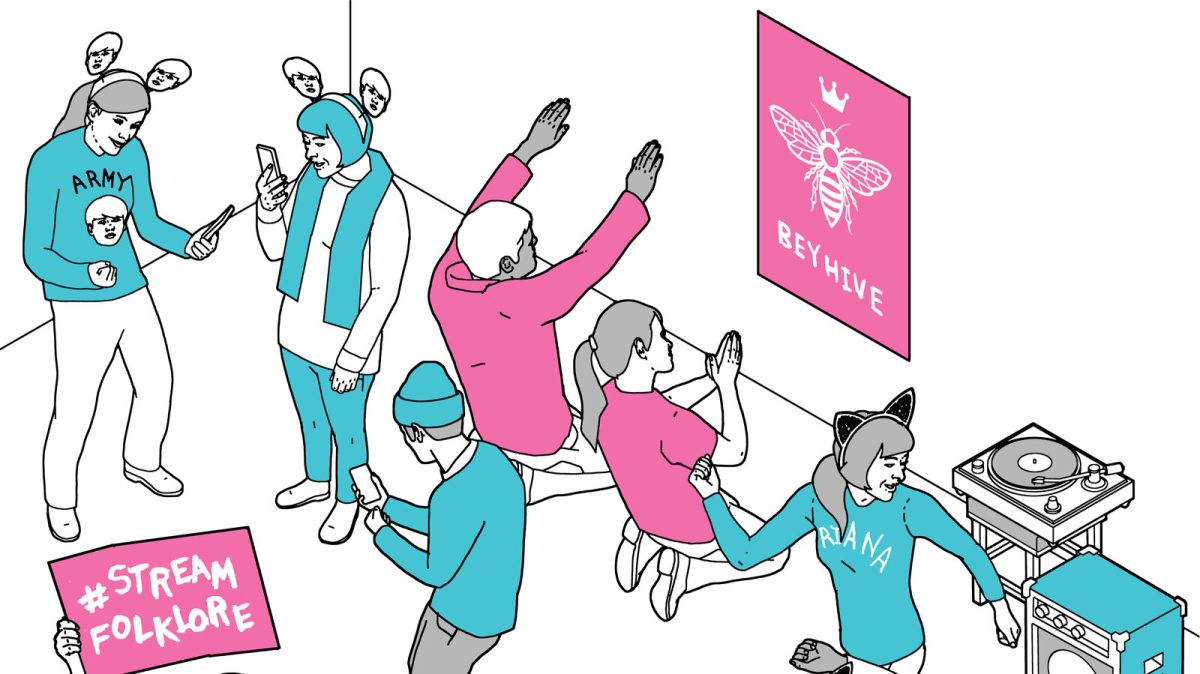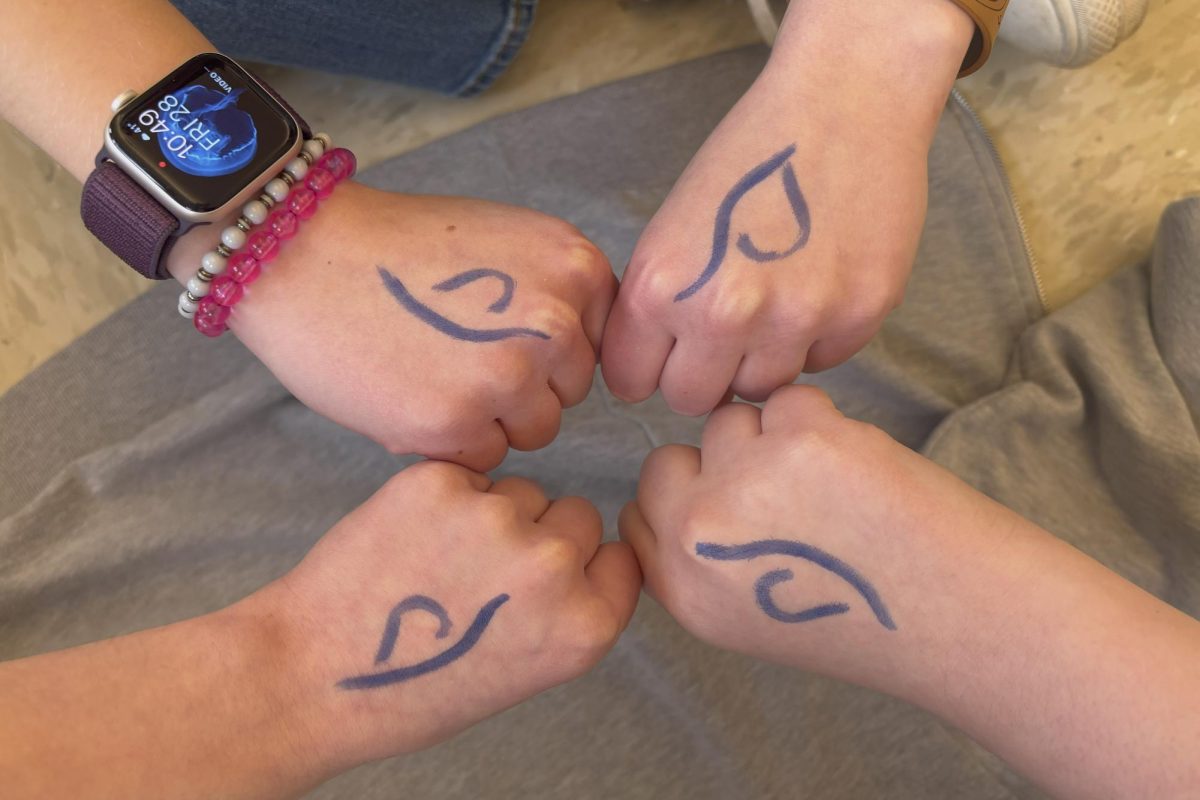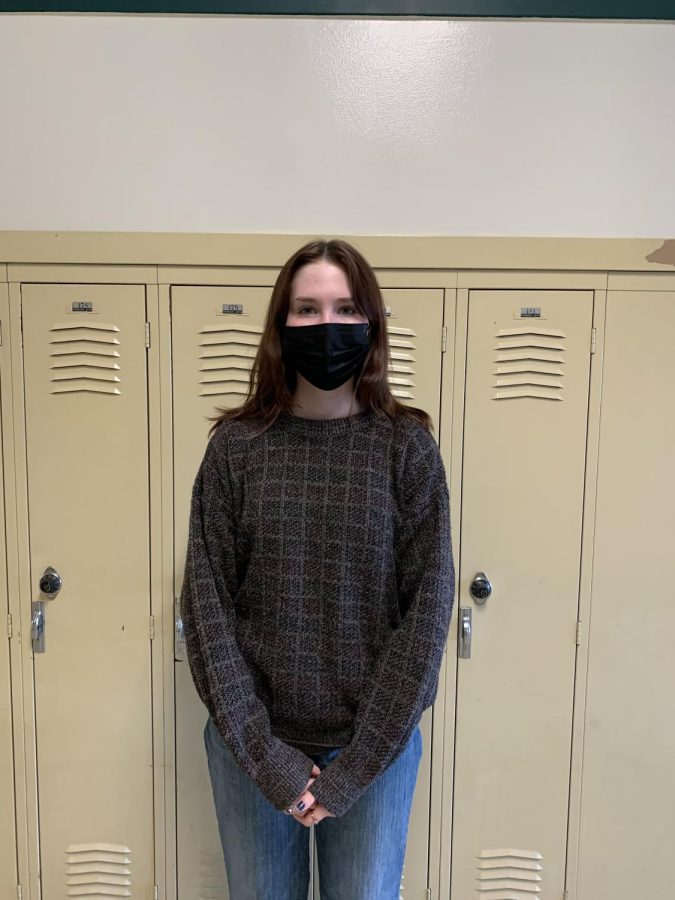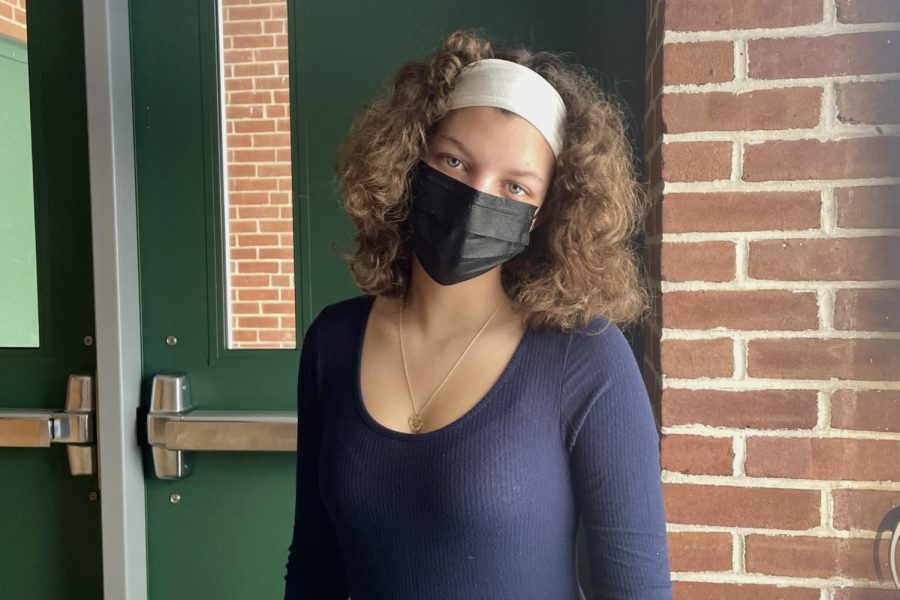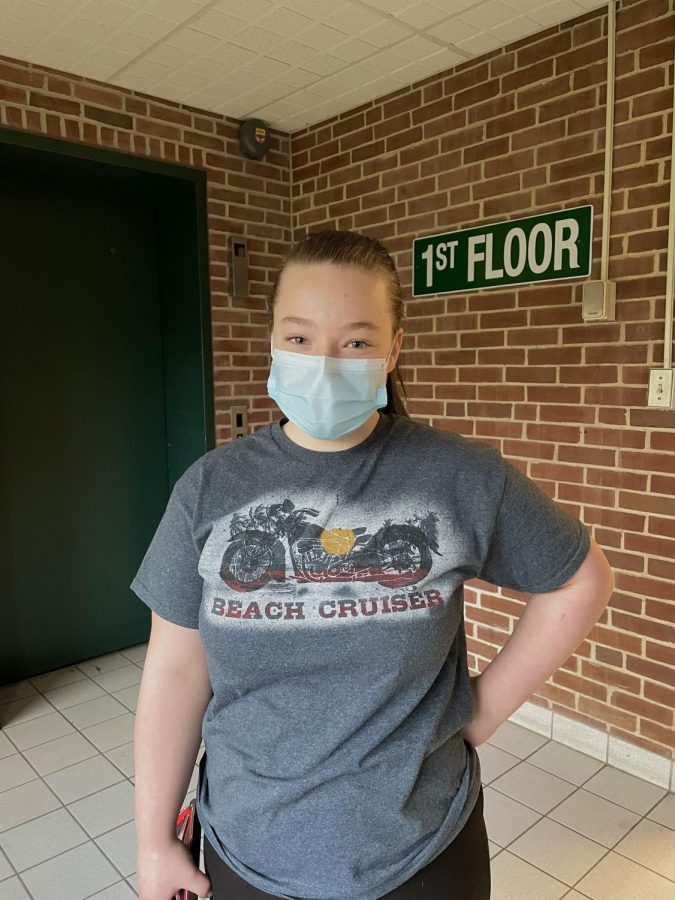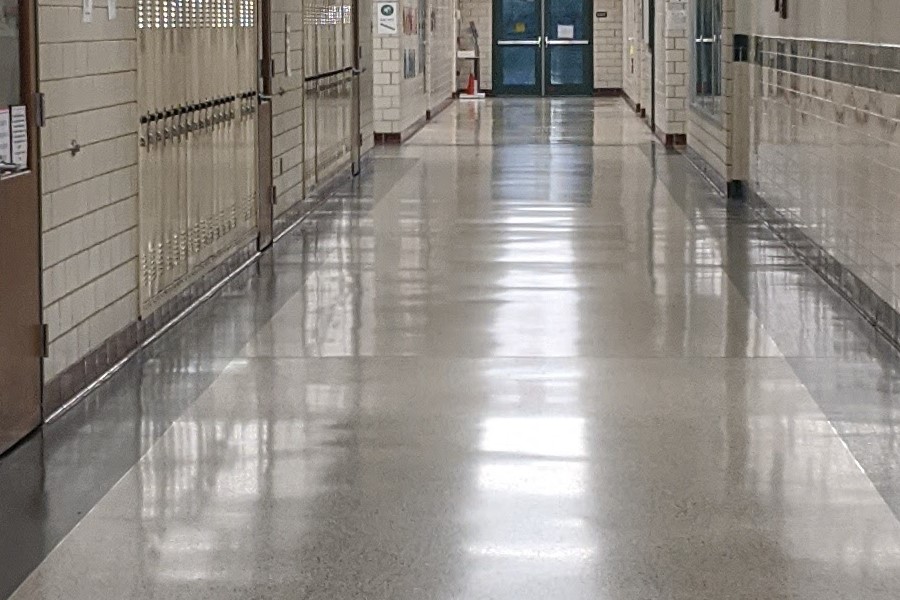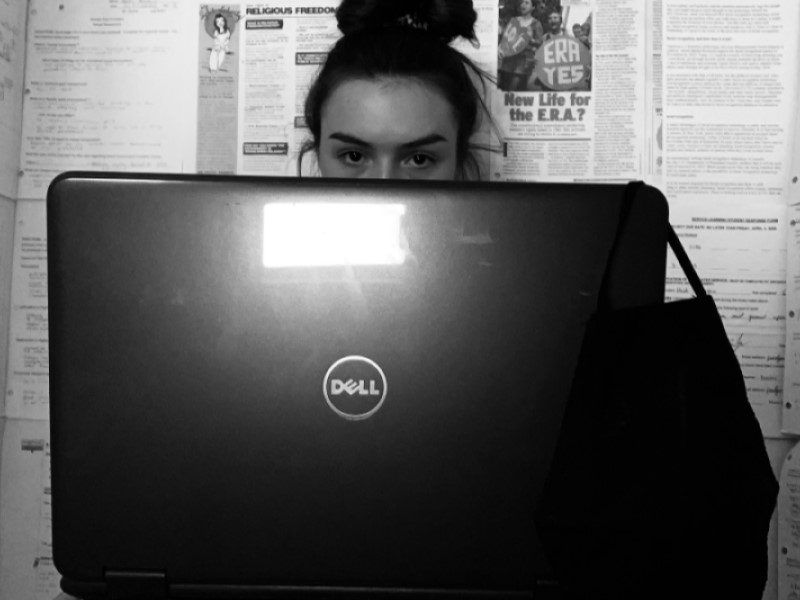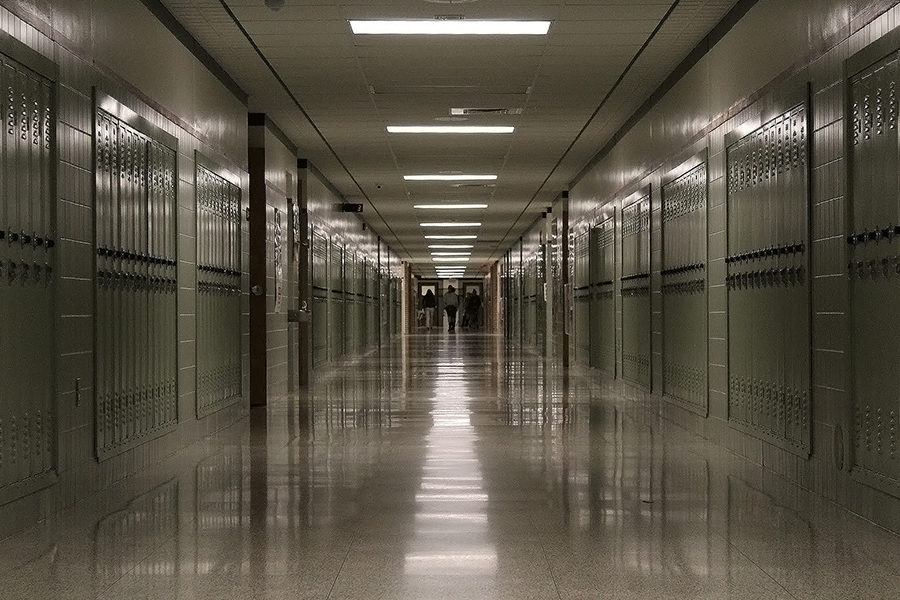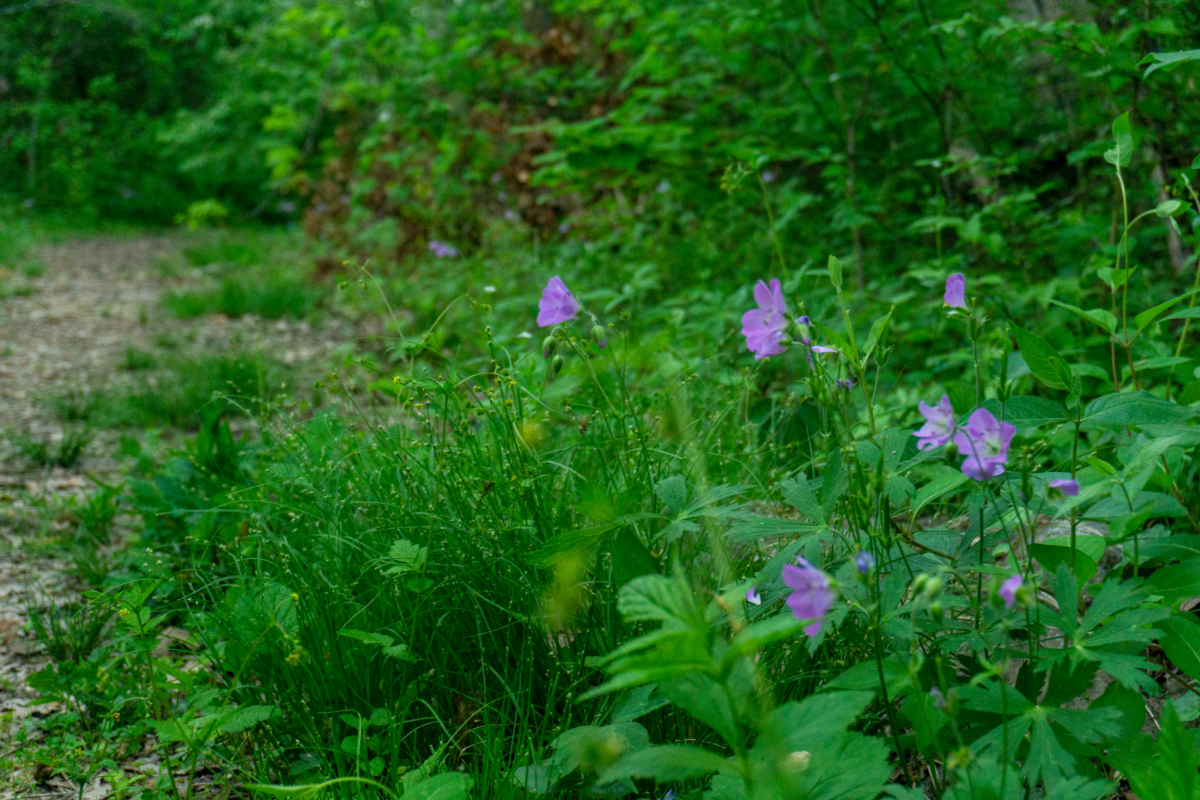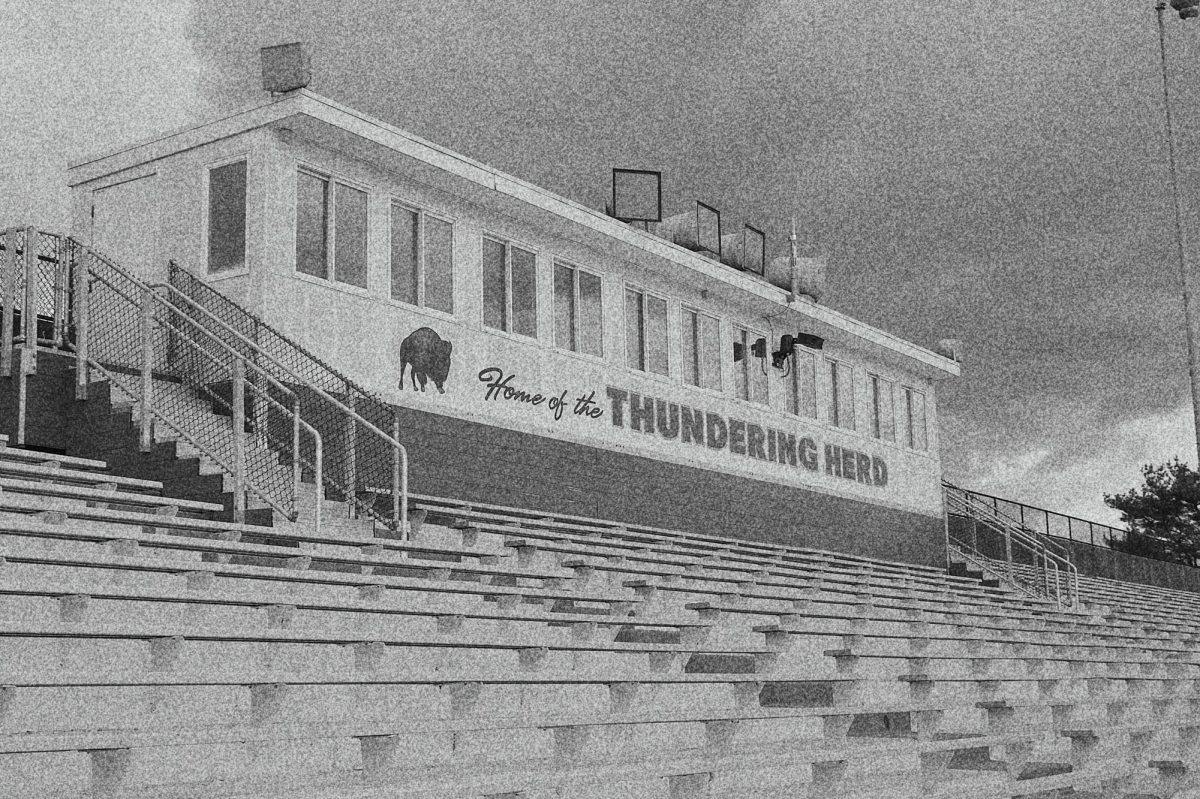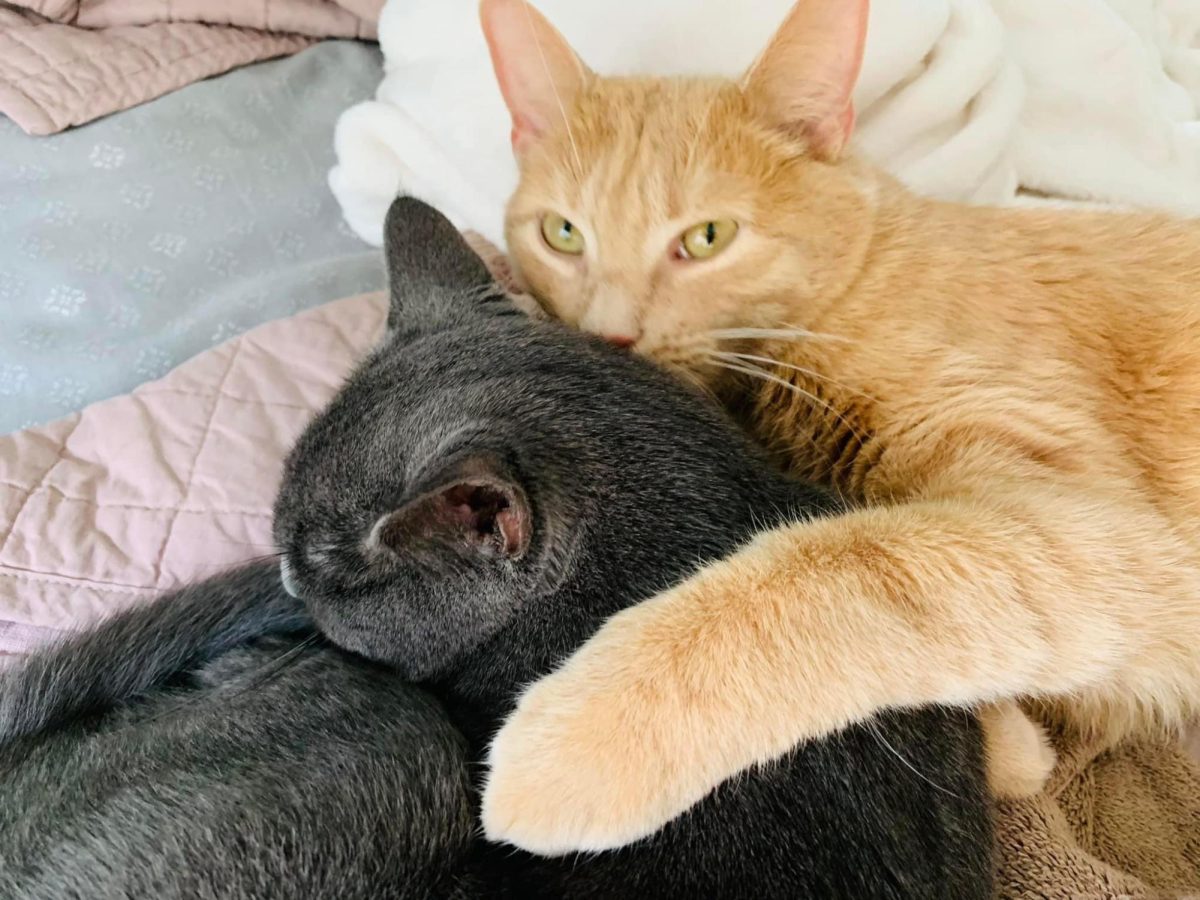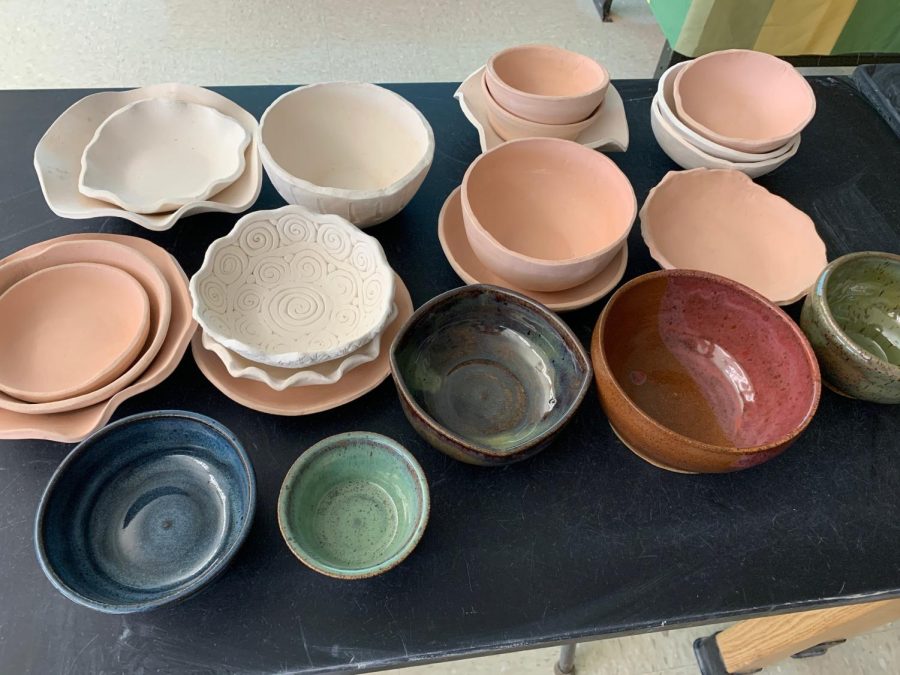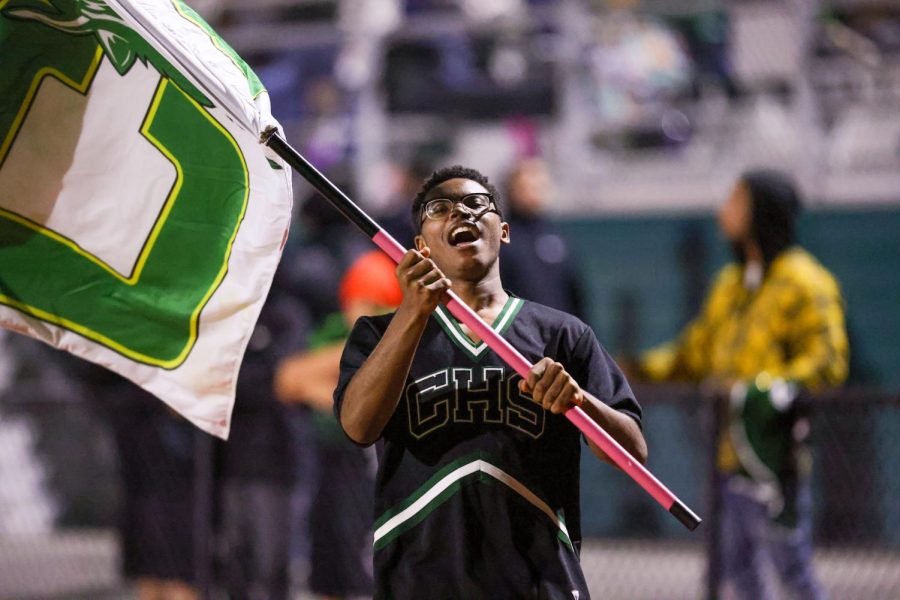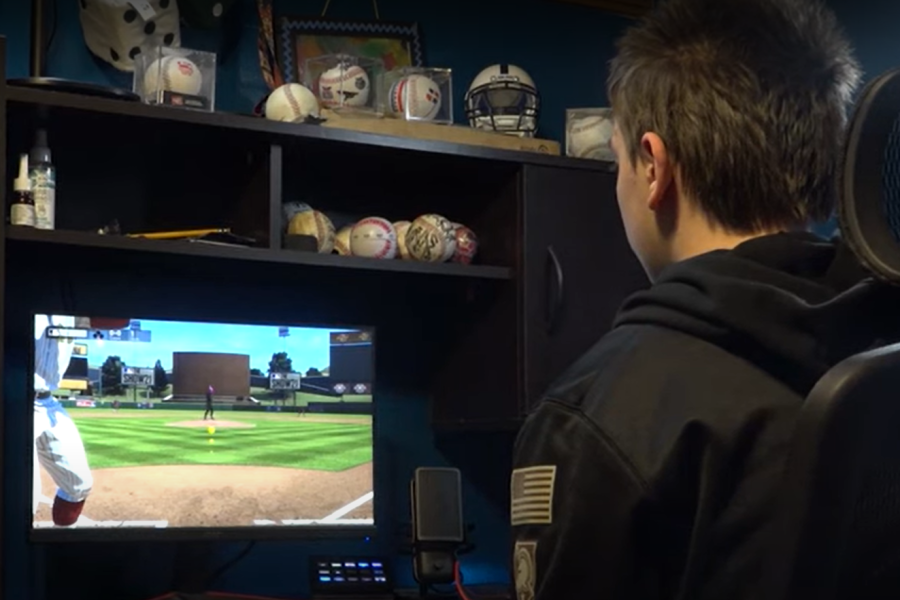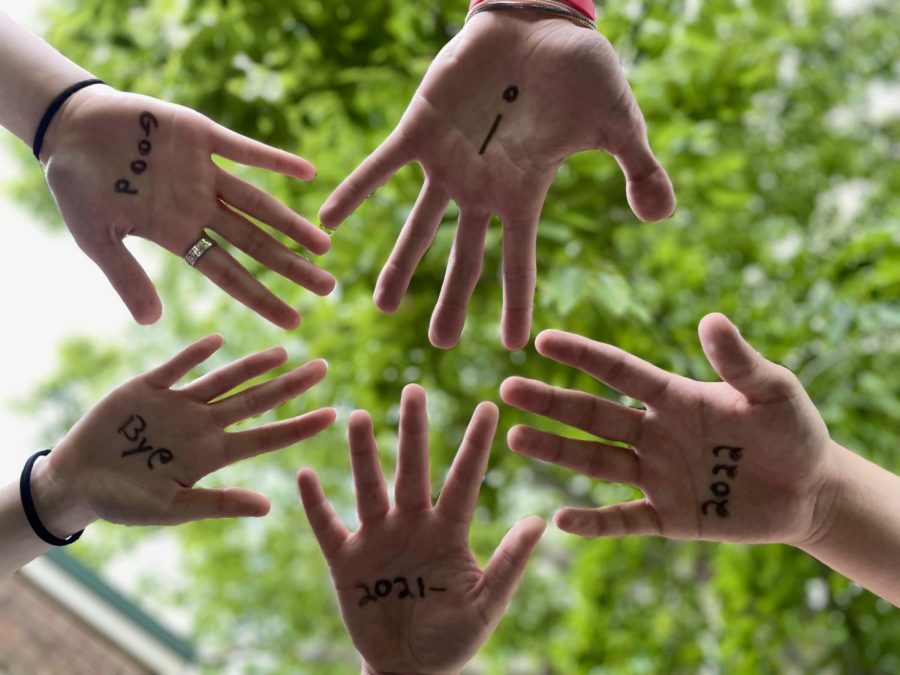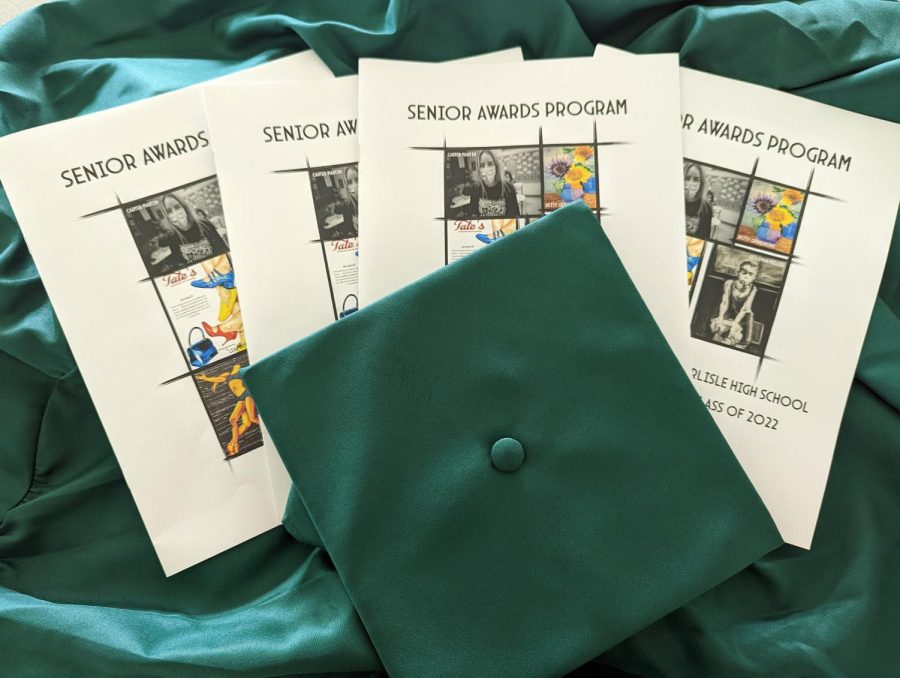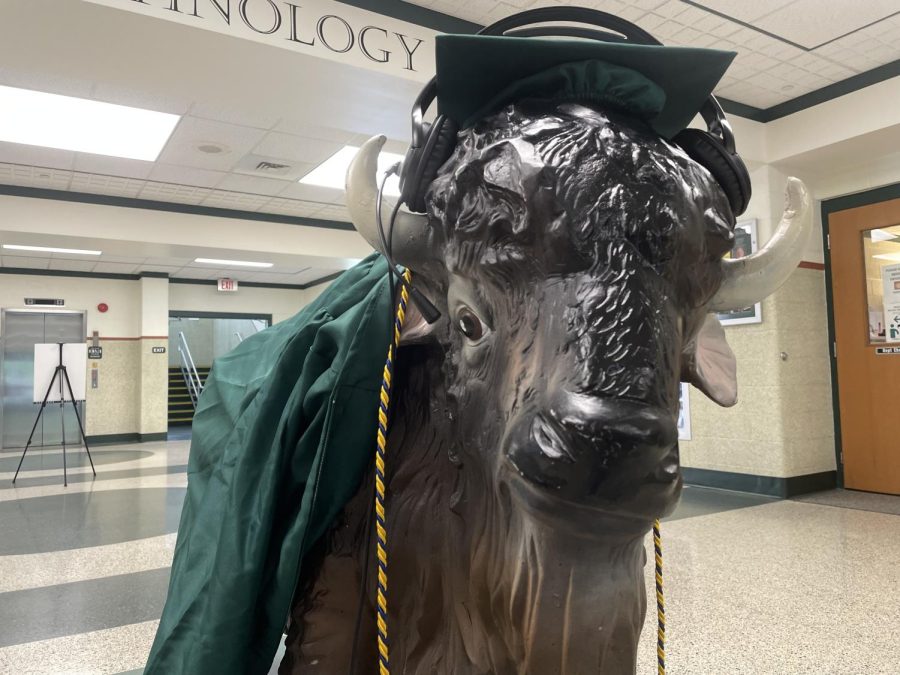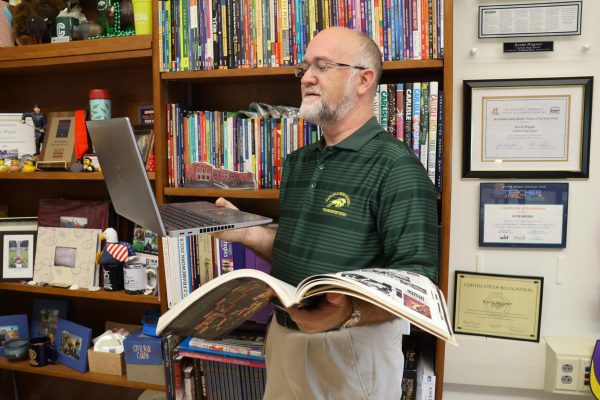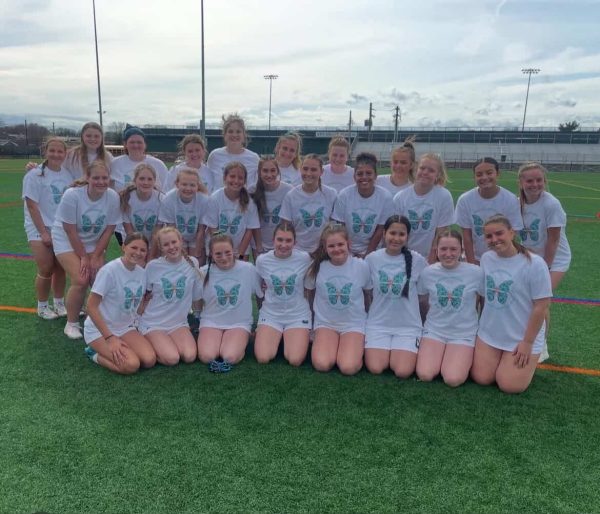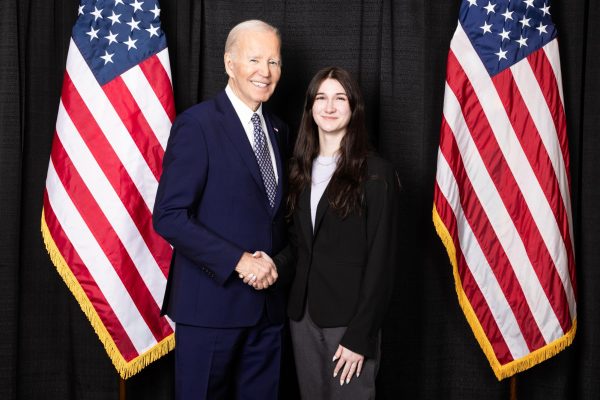Beyond the barre: life after high school for CHS dancers
Grace Winton strikes a pose in her dance team uniform at the Catholic University of America. Winton danced with Carlisle Dance before entering college.
From the studios at Central Pennsylvania Youth Ballet (CPYB) to the barre at Carlisle Ballet, the Carlisle area has its fair share of dance studios–and with them come student dancers. These students spend hours learning discipline and patience while perfecting their pirouettes, giving up week after week of spare time to hone their craft.
Once they graduate, however, there are a variety of paths these dancers can choose to explore. Some end up attending college, some pursue professional dance, while others enter the workforce in an entirely new field.
Many dancers choose to attend college upon graduation. Dancers interested in pursuing post-secondary education while continuing to dance can either major in dance or participate in a different way.
Some dancers end up on their institution’s dance team, allowing them to continue using dance as a way to exercise and express themselves.
Grace Winton, a nursing major at the Catholic University of America in Washington, DC, is a CHS Class of 2017 alum and danced with Carlisle Dance for five years. She is a member of CUA’s dance team, something she is grateful for.
“Since I’ve been in college, dance has really helped me with [my] overall health,” Winton said. “We do a lot of working out and conditioning to be physically fit to dance, but the dancing also keeps my brain healthier by being an emotional release.”
Other dancers decide to major in dance once they get to school, in hopes of pursuing it after college. Abbey Birely, a member of the CHS Class of 2019 and a former dancer with CPYB, chose to attend Valencia College in Orlando, Florida and study dance. She said that her college schedule is less strict than it was during her time at CPYB.
“It’s quite an adjustment, going from such a high-pressure environment to a place that allows you to have an insane amount of choices,” Birely said. “It’s definitely different, having more free time, and freedom in general.”
Winton has had a very different experience from Birely, and said that dancing in college has been difficult, due to the variety of other responsibilities she has.
“In high school, I danced 7 hours a night and very rarely found it hard to manage,” Winton said. “Now I dance 3 hours two times a week, and sometimes it feels like too much. I’m the only girl on my team who is a nursing major, and I am in ROTC, and so it can be challenging to be in the hospital all day, study all afternoon, and then dance until 10:30 at night.”
She said that she has found ways to keep herself organized and to ensure she adheres to her own limits.
“Writing everything down on a calendar so I can manage time is helpful,” said Winton. “I also have found prioritizing activities is necessary. I’m in college to be a nurse, not a dancer, and sometimes I have to remind myself of that. As much as I love dancing, sometimes I have to take a break to study for huge exams.”
Having the structure Birely said that many of the skills she learned through dancing at CPYB have made her into a better, more disciplined college student.
“Being a dancer, especially one at CPYB, teaches you respect,” Birely said. “[It teaches you] how to take criticism, to take harsh words with a grain of salt, to manage your time for homework, and to be a more mature adult. All of these things definitely help you in the real world.”
Traditional post-secondary education is not the only path dancers can take. Many CPYB students choose to eschew college, in favor of entering the professional dance world. These students audition for ballet companies across America throughout their senior year, then sign contracts
Professional ballet allows students to share their skills learned in high school with the rest of the world through performance; however, it is not the only way to do so. Dancers can become ballet instructors, and spread their love of dance to the next generation.
Kayla Hallman, a Class of 2015 CHS alumnus and former CPYB student, has taken this route. Hallman once danced professionally, performing with Ballet Austin for two years before becoming a dance and Pilates instructor.
“I am still very involved with the dance world, just on the other side,” said Hallman. “After finishing my career, I moved to [California] and became the Ballet Director at a dance school here. I teach beginners through advanced dancers, and have choreographed a version of ‘The Nutcracker,’ as well as a few other pieces for our end-of-the-year show.”
Hallman had not planned on switching careers after her two years at Austin.
“My transition to the workforce happened kind of unexpectedly,” said Hallman. “I had hoped to keep dancing after my two years at Austin, but was not hired again, and did not get a job at any other company. That’s kind of how the ballet world works–it’s a lot of right time, right place because there are so many dancers and so few jobs.”
Hallman added, “I took some time to process a new season of life, prepared to audition again until I started teaching. I instantly knew it was my new purpose; to pour into the new generation of dancers. I also used Pilates to cross-train when I was dancing, and wanted to understand it better, so I went through teacher training.”
Hallman feels that her switch and careers, although unexpected, was natural and made sense.
“Even though it wasn’t what I originally planned, everything happened so organically,” Hallman said.
The impact of dance teachers like Hallman is one understood by many of her fellow dance classmates and alumni, including current CPYB dancer Tara Das.
“I’ve had teachers that have had confidence in me, which in turn helped me to feel more confident in myself,” said Das. I always feel as if I can approach the teachers at CPYB and ask for help if I need it, and doing so has helped me get additional knowledge and advice from them.”
It is also one understood by Hallman herself, who still feels the impact of her time at CPYB.
“Much of who I am comes from CPYB,” said Hallman. “Marcia [Dale Weary, founder and artistic director of CPYB] instilled dedication, determination, persistence, and work ethic into me. I learned to time-manage because of my crazy school and dance schedule. I learned how to push myself to be better every day. I think that’s part of what made Marcia, and still makes CPYB, so reputable. The lessons taught there go way beyond ballet. CPYB trains hardworking, passionate, dedicated people, and I would say that’s true of myself too.
Want to help the Herd? Please consider supporting the Periscope program. Your donation will support the student journalists of CHS and allow us to purchase equipment, send students to workshops/camps, and cover our annual website hosting costs.
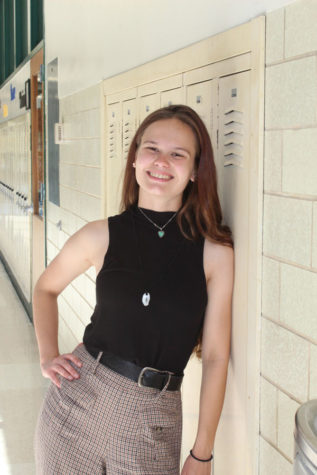
Samantha Martin is super excited to share the role of Editor-in-Chief with Abigail Lindsay during her fourth year on staff! She is also a member of several...






